Yale Sync Smart Home Alarm Review
Yale Sync Smart Home Alarm Review
A smart alarm with some clever integrations
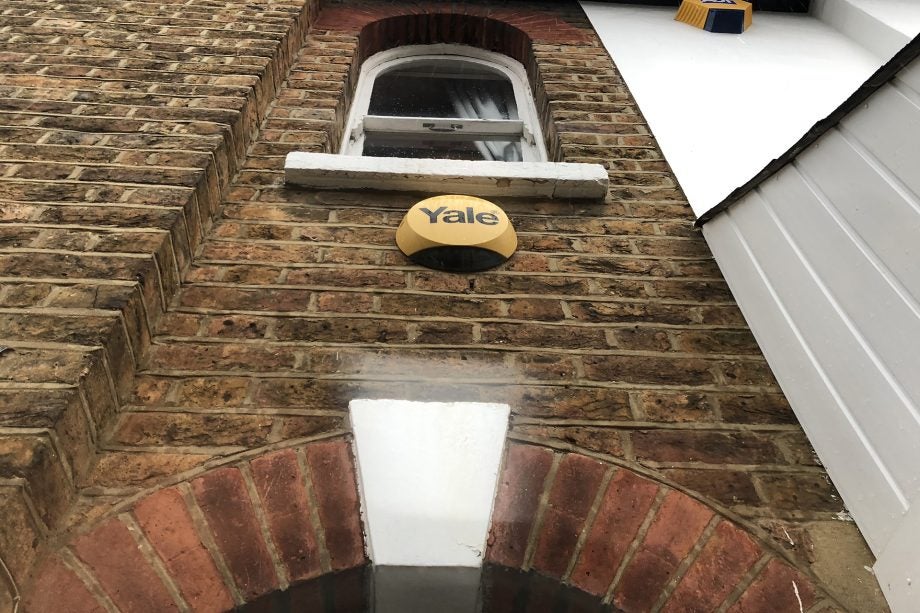
Verdict
The Yale Sync Smart Home Alarm is well priced and gets all of the basics right. It's relatively simple to set up, although sticky fixers rather than screws for mounting sensors would have made the process easier. The option to integrate smart locks and your Hue lighting into the mix is welcome, but the latter requires more control. The biggest letdown is the lack of advanced monitoring plus there's no option for cellular backup, so those after greater reliability and better security should look elsewhere.
Pros
- Good sensor choice
- Works with Yale smart locks
- Gets the basics right
Cons
- No cellular backup
- No advanced monitoring options
Key Specifications
- Review Price: £229
- Contact sensors, motion and pet-friendly motion sensors
- Battery backup
- Ethernet connection
- Keypad, key fob and app control
- Google Assistant and Amazon Alexa support
There’s been a boost in the number of smart alarms now available in the UK, with the likes of Ring and SimpliSafe, as well as more recent additions, including the Yale Sync Smart Home Alarm.
Yale is one of the longest-serving smart alarm manufacturers, and the Sync Smart Home Alarm is the company’s second smart alarm system. It improves on the original with support for a greater number of sensors and the addition of Alexa and Google Assistant voice control.
There are no monthly fees to pay, which is welcome – but the lack of monitoring and cellular backup means that this system may not be suitable for all.
Yale Sync Smart Home Alarm design and installation – Screwing sensors into place results in a slightly fiddly set-up process
The Yale Sync Smart Home Alarm is available in a series of starter packs, with prices starting at £229 for the Starter Kit and rising to £450 for the Sync Full Control Kit.
The differences concern the number of sensors supplied with each one. The best option for most people is likely to be the Sync Family Kit Plus (£350), which comprises two motion detectors, two door and window contact sensors, a keypad, external siren, dummy siren, key fob and the sync hub.
Regardless of the kit you opt for, it can be expanded with additional sensors, all of which are priced at a similar level to the competition. I recommend buying one door and window contact (£30) for each easily accessible door or window. Additional motion detectors (£40) are useful for covering hallways and larger rooms – although opt for the pet-friendly option (£40) if you have furry friends, since this will stop them setting off the alarm by accident. Note that placing the sensor high enough will ensure it’s out of reach of dogs and cats.
Given that the regular and pet-friendly sensors cost the same, it would have made more sense for the kits to ship with the latter. In fact, much of the competition – including the Ring Alarm – only have pet-friendly options.
Additional options include extra key pads (£35), which make it easy to control your alarm from different parts of your home – turning on the alarm at night, for example; a key fob (£30) for remotely arming and disarming; and the panic button (£28) for triggering the alarm from inside your home.
Yale also sells a smart plug (£50) for remote control of dumb devices, although you can buy better products for less using my best smart plug guide. And, there’s also a smoke/heat alarm (£70).
Each sync hub can support up to 40 additional devices, which is double the number the older Smart Home Alarm system supported.
Installation is a little fiddly, since Yale insists on its sensors and devices being wall-mounted with screws. To do this, you have to first knock out the plastic clips for the screw holes, then drill and mount each component.
Most smart home alarm systems offer screw mounts as one option, but also ship with sticky fixings for easier installation. If you prefer, Yale offers professional installation for its kit – although at £220, it’s fairly expensive.
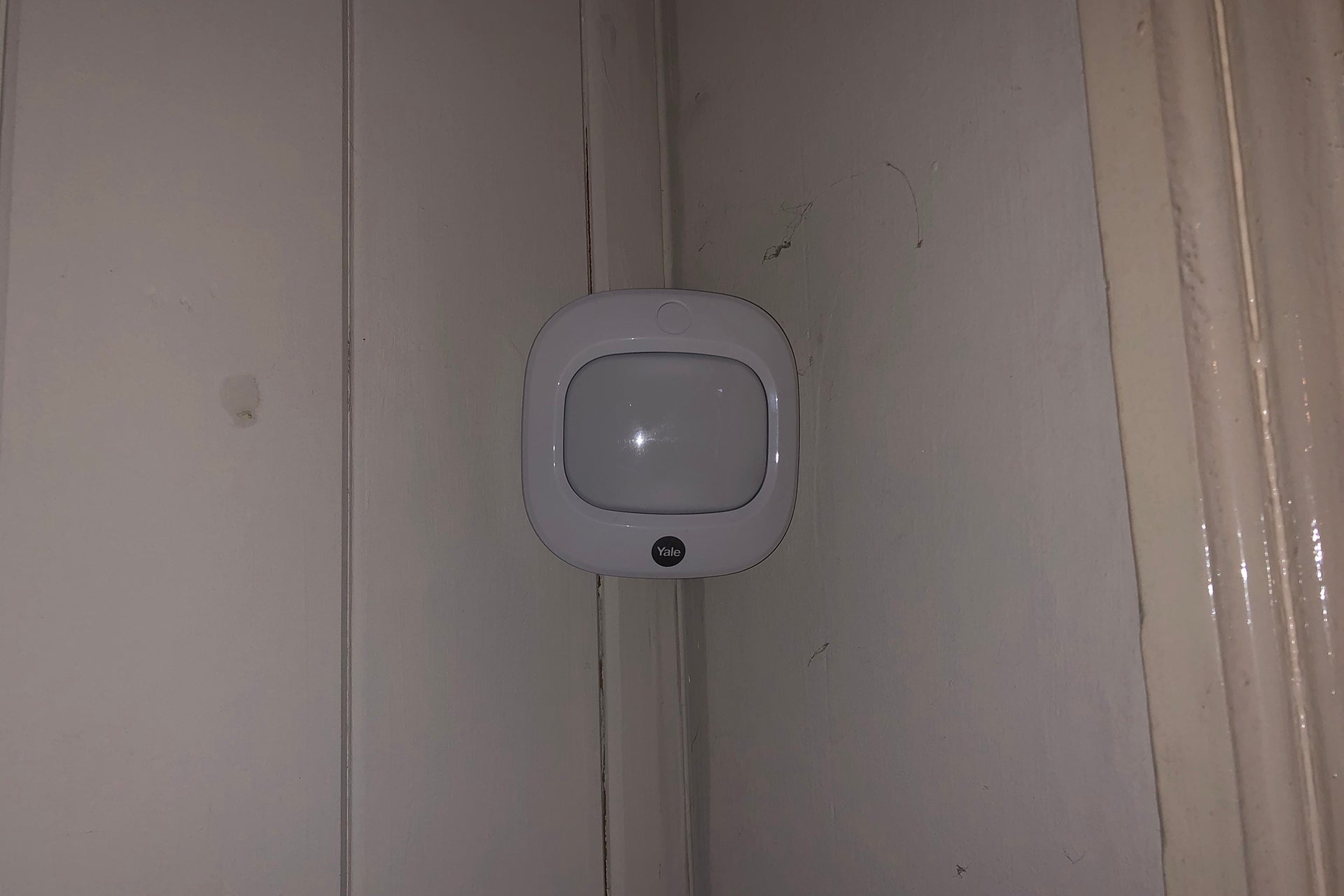
Sensors have to be screwed into place
Configuration of the alarm is through the Yale Smart Living Home app. Simply follow the wizard through to install the hub and get the sensors connected. Part of the installation process lets you set a PIN for the keypad, too. It’s a quick and painless process; I had my sensors ready and working in a matter of minutes, although that’s without physical installation.
Yale Sync Smart Home Alarm features – Easy to use but not as flexible as it should be
As is the case with most other alarm systems, the Yale Sync Smart Home Alarm has three operating modes. Disarmed turns the system off; Fully Armed (Away) is for when you’re out of the house; and Part Armed (Home) lets you choose which sensors you want activated when you’re at home. You can think of Part Armed mode as a night mode for when you go to bed.
Via the app, you can choose how each sensor operates, electing from the four preset options. Entry Zone delays the alarm being triggered in both Fully and Part-Armed modes, providing an opportunity to disable the alarm as you come in. Burglar triggers the alarm the moment the sensor is triggered, and is useful for backdoors, windows and motion sensors that don’t face the primary entrance to your home. Home Omit lets the sensor trigger an alarm immediately in Fully Armed mode but has a delay in Part-Armed mode. Finally, Home Access mode operates the alarm immediately in Fully Armed mode but has a delay in Part-Armed mode.
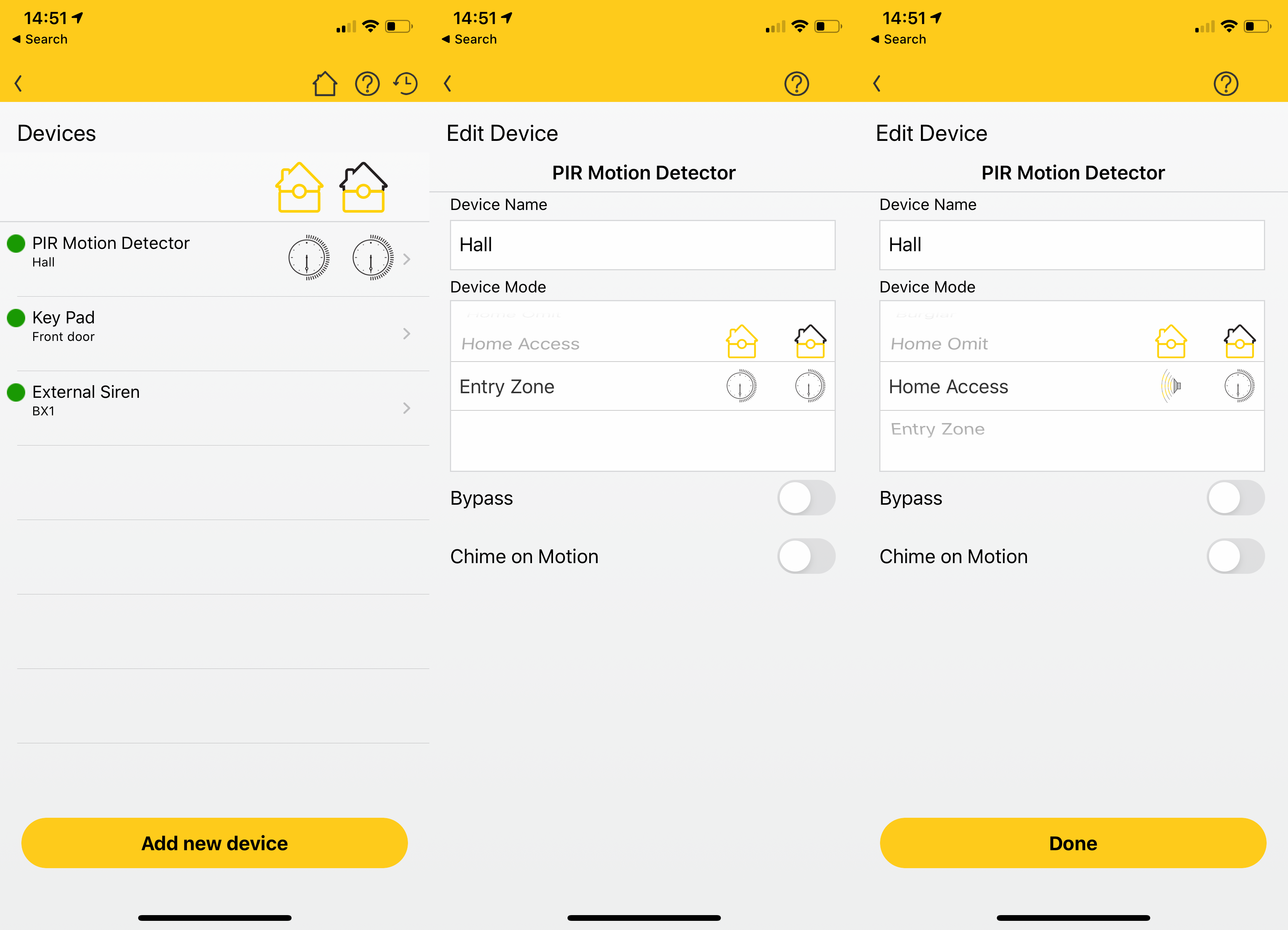
You can configure how each sensor works in each alarm mode
You can configure the delay you want to use for each mode, although the minimum is 10 seconds. While the options available cover most eventualities, they don’t cover them all. For example, you can’t set a door sensor on your front door to have a delay in Fully Armed mode but trigger the alarm immediately in Part-Armed mode. Ring makes the selection a bit easier: you select which sensors you want active in each mode, and you can set the entry and exit delays for each mode, ranging from zero seconds up.
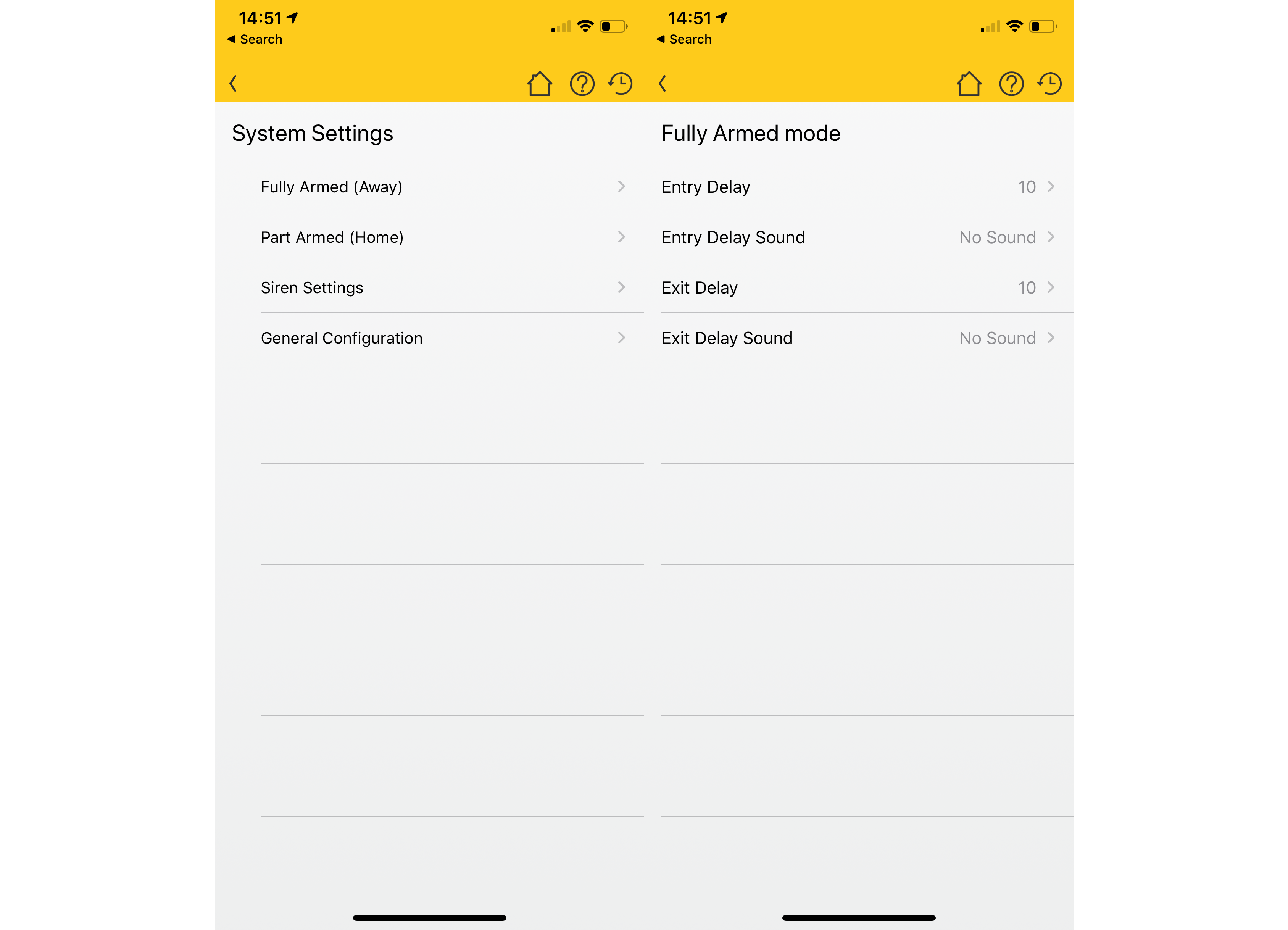
Entry and exit delays can be set in the app for each mode
Once your modes are configured, you can set and deactivate the alarm using the keypad (you don’t need the PIN to arm, but you need it to disarm), key fobs or using the app.
I found that the app was the least-used option: faffing around to find and get out your phone, unlocking it, opening the app and then selecting the mode takes far longer than using the keypad or key fob. However, app control is useful if you want remote control of your alarm, such as disabling it for a guest or checking if you turned it on.
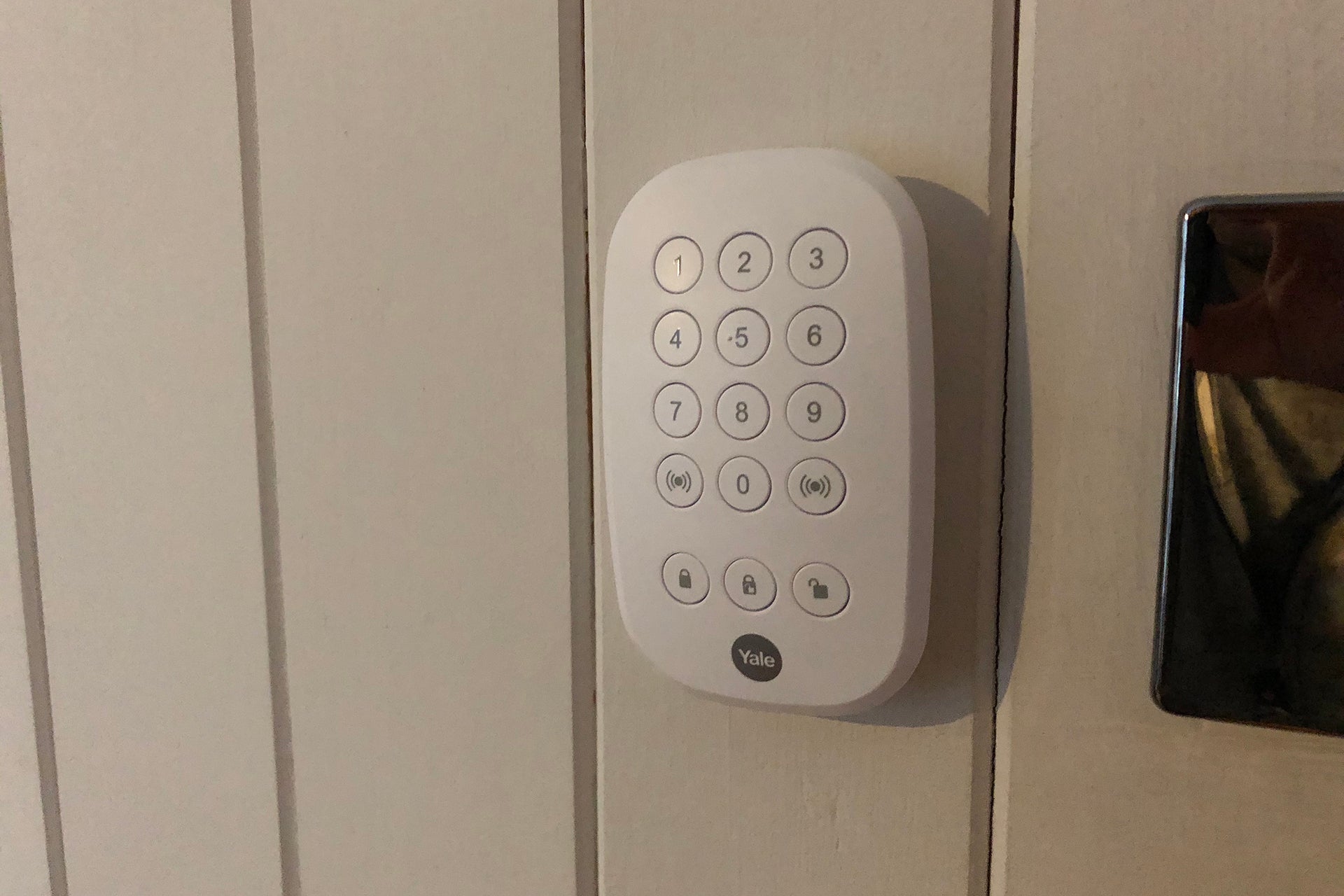
The keypad is your main method of control, but app and key fob options are available, too
With the Yale Sync Smart Home Alarm comes support for Amazon Alexa and Google Assistant, which isn’t available on the older product. Both work in a similar way to let you arm the system in Fully Armed or Part-Armed modes, but only Alexa lets you disarm the system provided that you set up a voice PIN in the app.
You can integrate the Yale Sync Smart Home Alarm with your Philips Hue lights, connecting the systems together. When you do this, you can choose to enable visual alerts for when you arm or disarm the system, or it’s triggered.
There’s no control over what the alerts do, and you’re stuck with the defaults: a warm white for arm/disarm, and flashing red for alarm triggered. It would be better if you could select what happens. For example, if the alarm is triggered, turning on all of the lights would make it easier for a security camera to pick up detail of a burglar’s face; flashing red lights aren’t particularly useful for this.
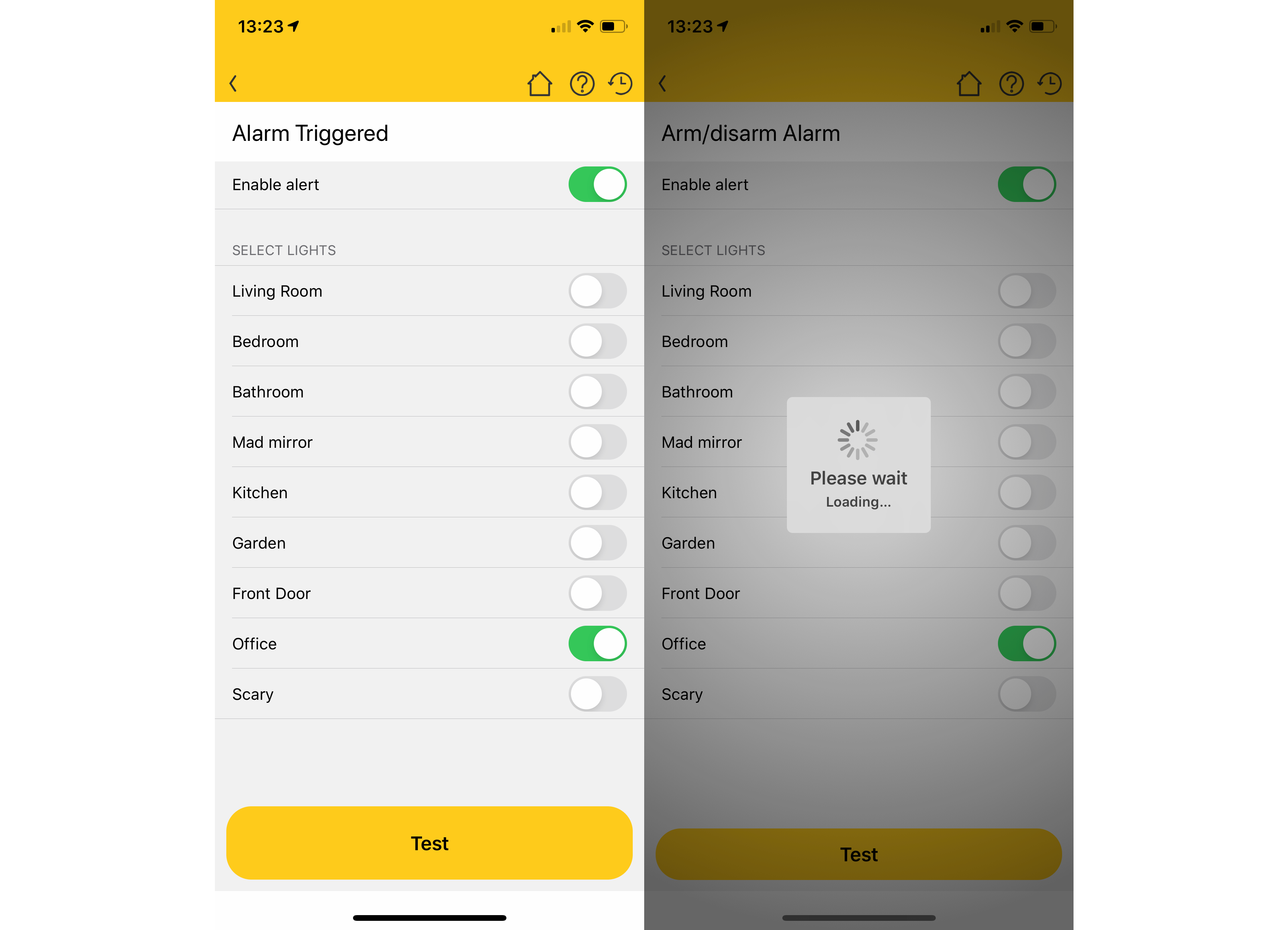
You can sync your alarm with Philips Hue, but you don’t get much control
If you have a Yale smart lock, such as the Conexis L1, you can buy the Yale Module 2 and link it to your alarm. If you do this, you can have your alarm turn off automatically when the door unlocks, and you can remotely control the lock, too.
Note that you can’t have the Lock connected to two systems. As such, if you install the Module 2 then you can’t also have the Z-Wave module to connect your locks to SmartThings.
Performance – It’s fine for the basics, but is found wanting for more advanced security options
I found that the Sync Alarm worked throughout my home, with sensors being detected at the far reaches: Yale claims a 200m range for each component. When the alarm was triggered, the internal and external sirens are piercingly loud and certainly able to attract attention and scare off a burglar. You can set the siren duration to last between one and 10 minutes in the app.
Alerts are sent through to your smartphone so that you know that somebody has broken in. It’s just a pop-up message, which can be easily missed. Unlike the competition, Yale doesn’t offer more advanced options for notifications. Ring features assisted monitoring, where automated calls are made to your listed telephone numbers until someone answers SimpliSafe offers professional monitoring, with the option to automatically dispatch the police or a private guard service. If you want a bit more security then Yale’s basic alerts may not be good enough.
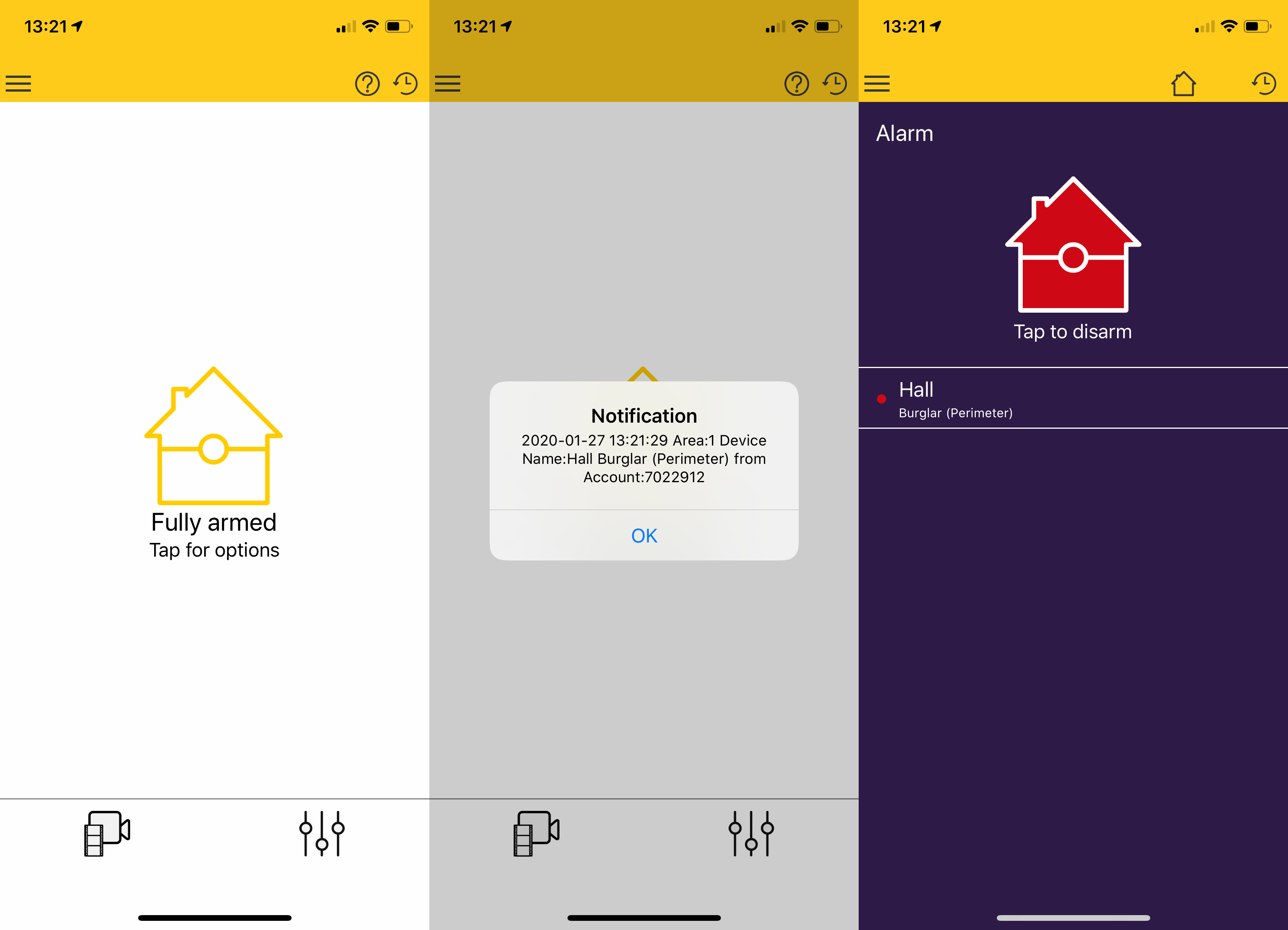
Alarm alerts come through as a simple pop-up
There’s also no cellular backup for the Yale Sync Smart Home Alarm, so if your internet goes down then you won’t receive notifications and only the sirens at home will work. Fortunately, the hub does have a battery inside, so it will continue to work even in a power failure.
Should you buy the Yale Sync Smart Home Alarm?
Well priced and with a good range of accessories, the Yale Sync Smart Home Alarm gets the basics right and offers you a smart home alarm that you can self monitor without any additional fees. It’s a touch elementary at times, though, and the lack of cellular backup is disappointing.
The competition is tough at this point. The Ring Alarm is a better overall system: it’s easier to configure, plus it integrates with Ring’s range of cameras, providing control over when cameras can and can’t record based on the alarm status. For a small monthly fee, you get cellular backup and assisted monitoring. Then there’s SimpliSafe, which has a high monthly fee (£20), but this gets you professional monitoring, where the police can be dispatched automatically, providing greater peace of mind. As such, the Ring and SimpliSafe options are a better choice overall.


